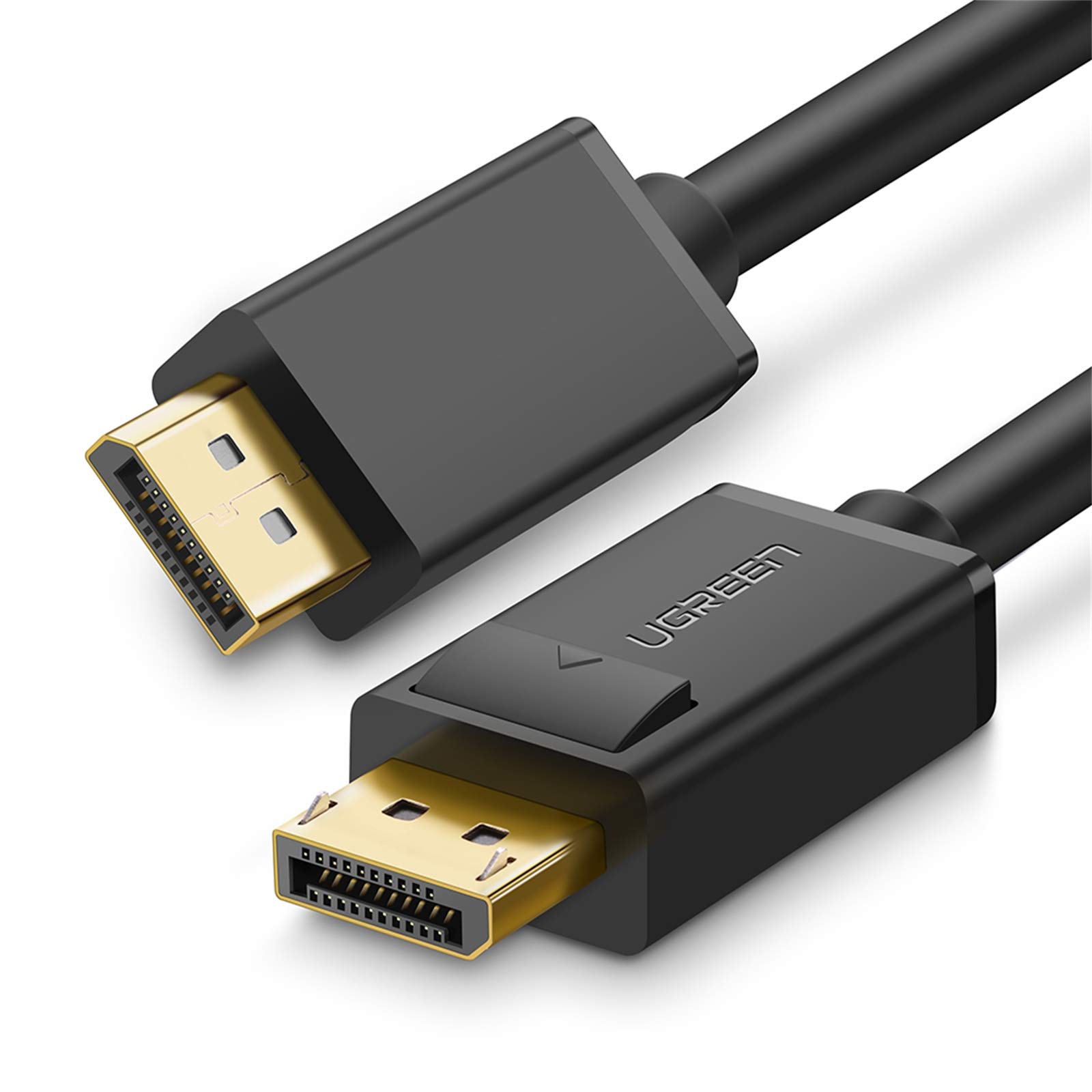Experiencing laptop screen flickering on Windows? Here’s how to troubleshoot and fix the issue in 2024.
Identify and Update Outdated Software
1. Check for Windows Update to ensure your operating system is up to date. Go to Settings > Update & Security > Windows Update.
2. Boot your laptop into Safe Mode to troubleshoot software conflicts. Restart your computer and press F8 repeatedly until the Advanced Boot Options menu appears.
3. Update device drivers by going to Device Manager, right-clicking on the device, and selecting Update Driver.
4. Uninstall any recently installed software that may be causing the screen flickering. Go to Control Panel > Programs > Uninstall a program.
Adjust Refresh Rate Settings
1. Right-click on the desktop and select Display settings.
2. Scroll down and click on Advanced display settings.
3. Under Refresh rate, select a different rate from the drop-down menu.
4. Click Apply to save the changes.
5. If the flickering persists, try changing the refresh rate to another option.
6. Restart your laptop to see if the changes have resolved the issue.
Update Display Drivers
If Windows doesn’t find an updated driver, you can manually download the latest driver from the manufacturer’s website. Make sure to choose the correct driver for your specific graphics card model and operating system. Once downloaded, run the installer and follow the prompts to update the display driver. Remember to restart your laptop after the installation is complete.
If updating the display drivers doesn’t fix the screen flickering issue, you may need to consider other troubleshooting steps such as adjusting the refresh rate or checking for hardware issues. It’s always a good idea to keep your drivers up to date to ensure optimal performance and stability.
Check and Secure Display Cables

- Turn off the laptop and unplug the power cord.
- Remove the battery if it is removable.
- Locate the display cables connecting the screen to the motherboard.
- Check the cables for any visible damage or loose connections.
- If the cables are loose, gently reconnect them securely.
- Ensure the cables are properly seated and not pinched or twisted.
- Reassemble the laptop by putting the battery back in and plugging in the power cord.
- Turn on the laptop and check if the screen flickering issue has been resolved.
Disable Unnecessary Acceleration Features
Disabling unnecessary acceleration features can help resolve screen flickering issues on your laptop running Windows. This simple step can make a big difference in improving the stability and performance of your display.
If you continue to experience screen flickering after disabling unnecessary acceleration features, you may need to update or reinstall the graphics card driver. This can be done through the Device Manager as well. Simply right-click on the graphics card in the Device Manager, select Update Driver, and follow the on-screen instructions.
Uninstall Incompatible Applications
Right-click on the incompatible application and select Uninstall from the context menu. Follow the on-screen prompts to complete the uninstallation process.
After removing the incompatible applications, restart your laptop to see if the screen flickering issue has been resolved. If the problem persists, consider updating your display driver or seeking further troubleshooting steps.
Perform Malware Scans
After the scan is complete, use a reputable malware removal tool to perform an additional scan for any lingering threats. Make sure to update the tool’s virus definitions before running the scan to ensure it can detect the latest threats.
If the malware scans do not resolve the screen flickering issue, consider updating your device drivers as outdated or corrupt drivers can also cause display problems. Navigate to the Device Manager by right-clicking on the Start button and selecting it from the context menu. Look for any devices with a yellow exclamation mark, indicating a driver issue, and update them accordingly.
Once the drivers are updated, restart your laptop and check if the screen flickering issue persists. If it does, you may need to consider other troubleshooting steps or seek further assistance from a professional.
Consult with a Professional Technician
A professional technician will be able to diagnose the issue accurately and provide the necessary steps to fix the problem. They might suggest updating device drivers or adjusting display settings to resolve the screen flickering.
Additionally, they can help determine if the flickering is caused by a hardware issue or a software glitch. By consulting with a professional technician, you can ensure that your laptop screen flickering is properly addressed and resolved.
F.A.Q.
Why does my laptop screen blinks on and off?
Your laptop screen blinks on and off due to a variety of potential issues, such as outdated drivers, malfunctioning hardware components, incompatible software applications, and power supply fluctuations.
Why does my monitor keep blinking on and off?
Your monitor may keep blinking on and off due to outdated or corrupted drivers or software. Drivers allow your computer to communicate with hardware devices like your monitor, while software applications run on your computer. It is important to ensure that both your drivers and software are up to date to prevent monitor flickering.
Why is my laptop screen blinking and black?
Your laptop screen is blinking and black because of potential graphics driver issues or overheating. Update your graphics drivers from the manufacturer’s website and ensure proper ventilation to prevent overheating.
How do I fix my computer screen from flickering?
To fix your computer screen from flickering, you can adjust the refresh rate, update graphics drivers, or check for loose connections.
